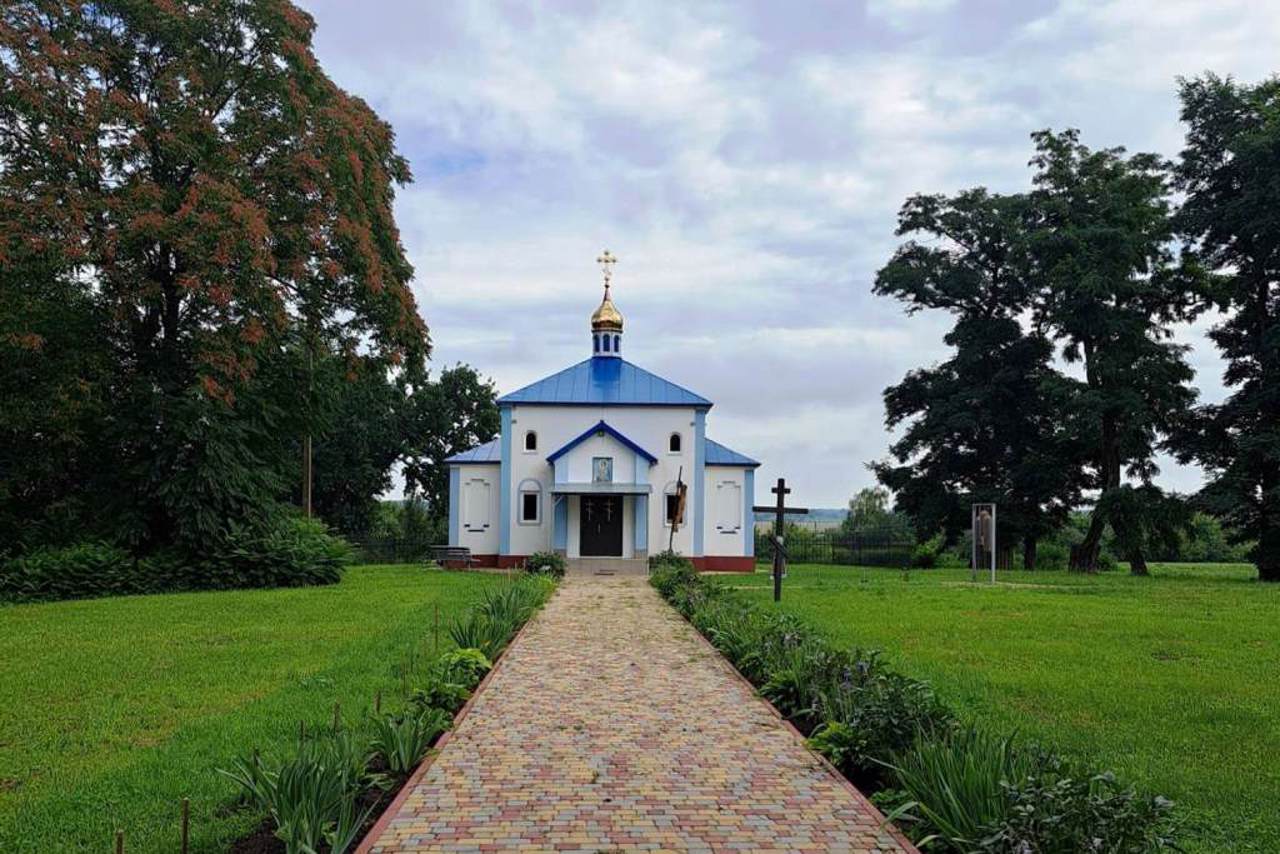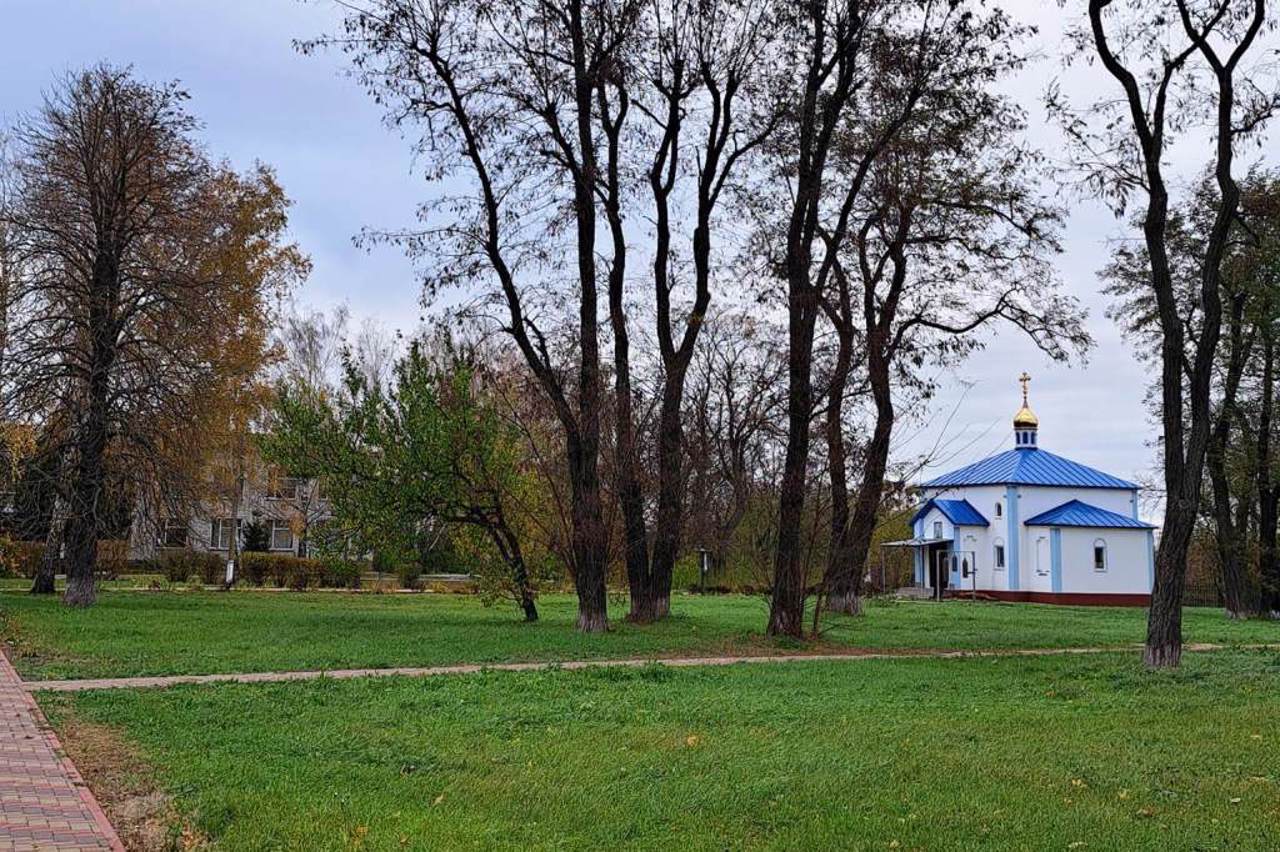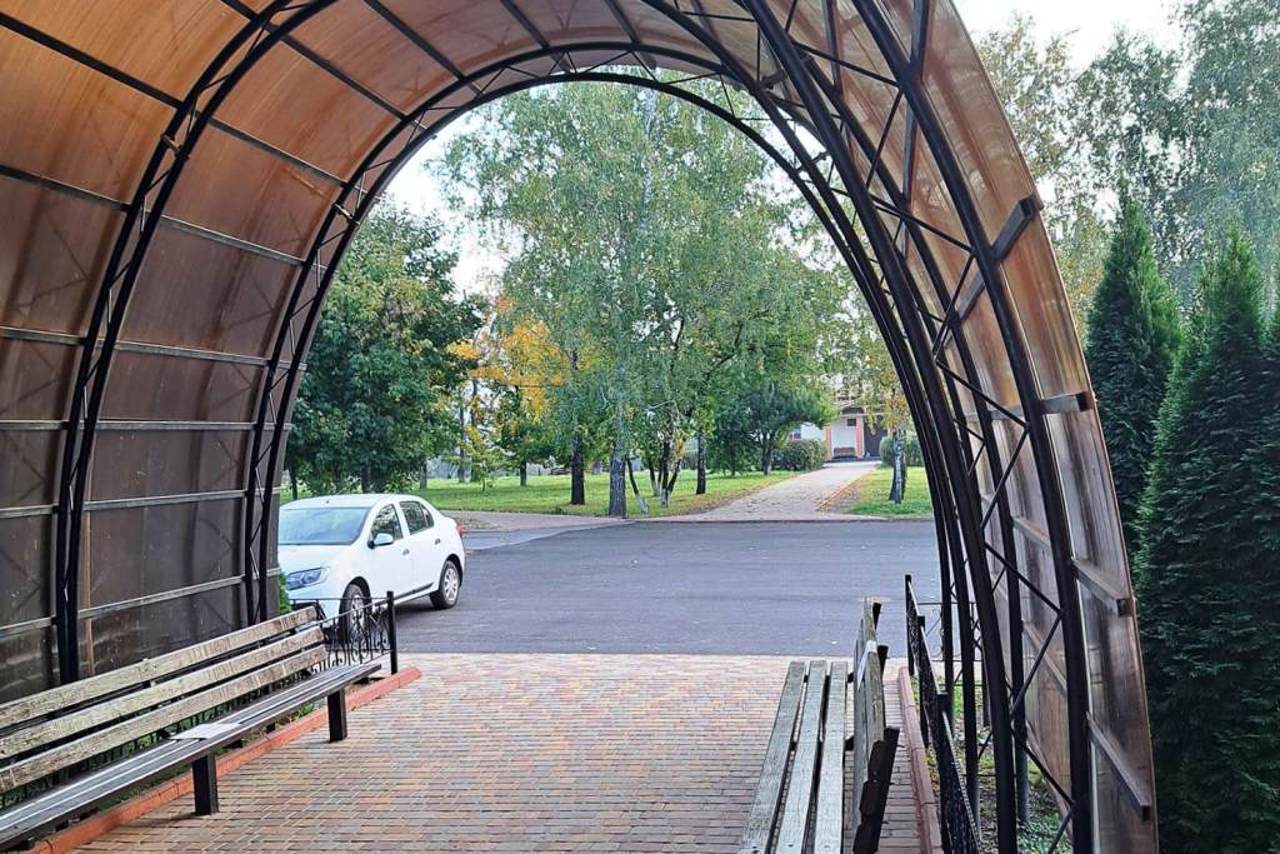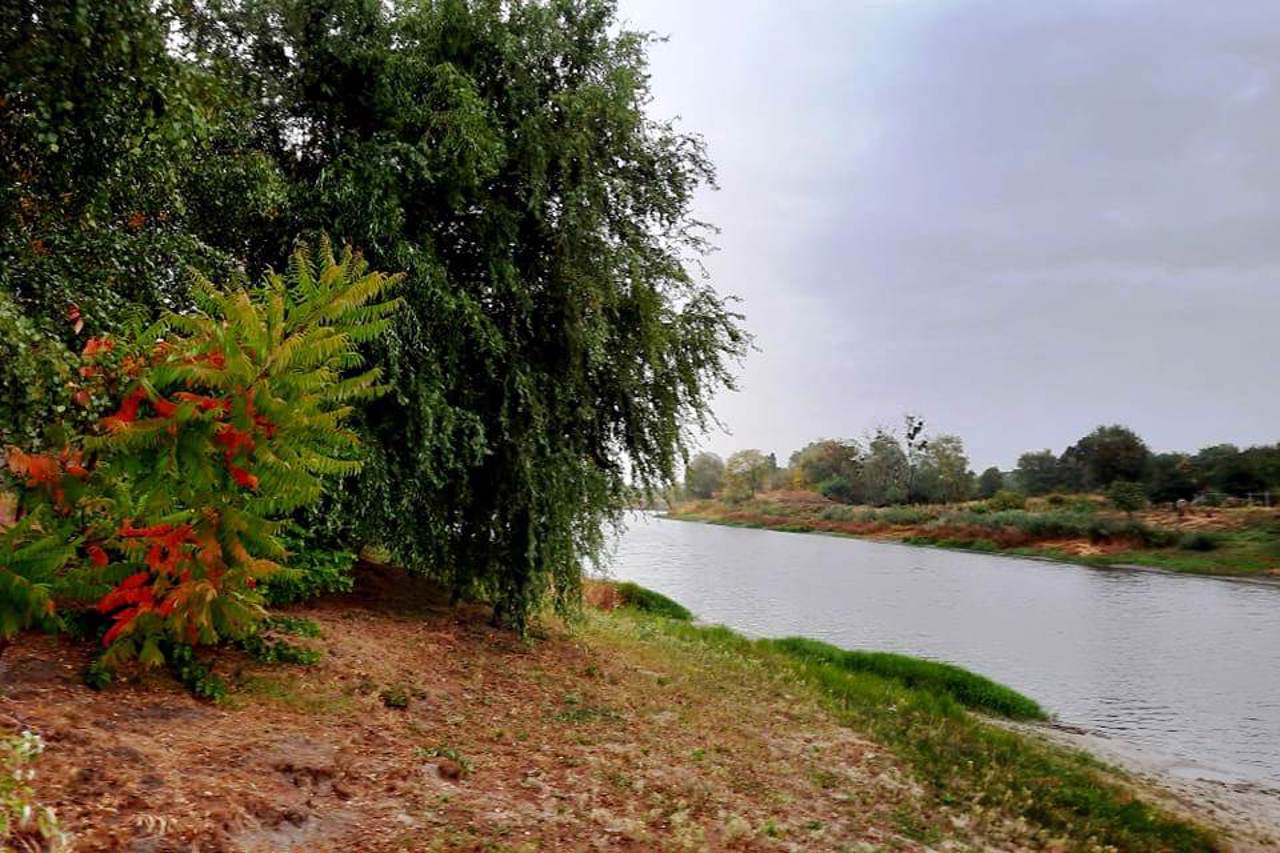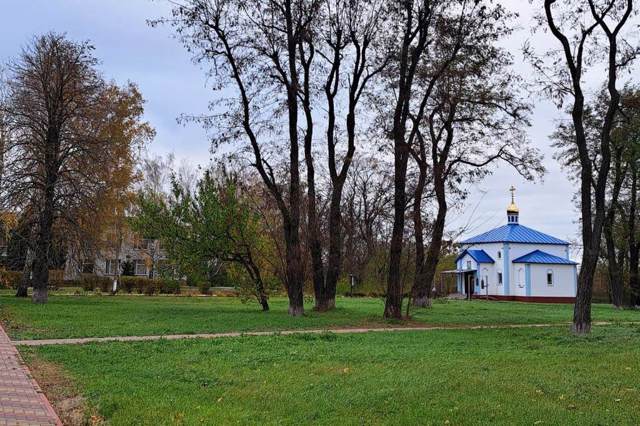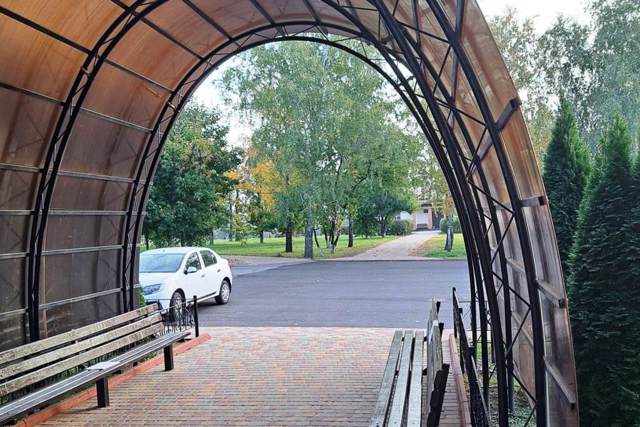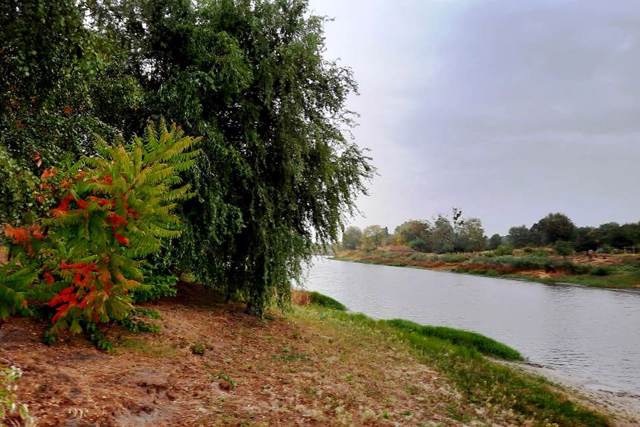Functional temporarily unavailable
General information about Sosnova
The village of Sosnova on the right bank of the Supiy River is located next to Yahotyn, 5 kilometers south of the M-03 highway Kyiv - Kharkiv - Dovzhanskyi. Administratively, it is part of the Studenyky hromada of Boryspil district of Kyiv region.
Sosnova is mentioned in documents since 1622. The origin of the village is associated with the days of Cossack hosts. According to legend, at the beginning of the 17th century, the Pereyaslav chieftain Lukash Zholkevskyi forcibly took land from the local Cossacks. In protest, part of the Cossacks left Pereyaslav and settled in the forests above the Supiy river 35 km from the city. This is how the Cossack village of Sosnova allegedly arose.
The history of Sosnova is closely related to the National Liberation War of 1648-1654, as its ...
The village of Sosnova on the right bank of the Supiy River is located next to Yahotyn, 5 kilometers south of the M-03 highway Kyiv - Kharkiv - Dovzhanskyi. Administratively, it is part of the Studenyky hromada of Boryspil district of Kyiv region.
Sosnova is mentioned in documents since 1622. The origin of the village is associated with the days of Cossack hosts. According to legend, at the beginning of the 17th century, the Pereyaslav chieftain Lukash Zholkevskyi forcibly took land from the local Cossacks. In protest, part of the Cossacks left Pereyaslav and settled in the forests above the Supiy river 35 km from the city. This is how the Cossack village of Sosnova allegedly arose.
The history of Sosnova is closely related to the National Liberation War of 1648-1654, as its population was part of the Yahotyn Hundred of the Pereyaslav Regiment. And later, Sosnova residents actively participated in the Cossack uprisings. The main cultural centers in the village were the church and two inns.
Currently, about 900 people live in the village and there is the only village history and local history museum in the area. In 2003, the church of the Holy Great Martyr Demetrius of Thessaloniki was built.
Село Соснова, що на правому березі річки Супій, розташоване поруч із Яготином, за 5 кілометрів на південь від траси М-03 Київ – Харків – Довжанський. Адміністративно входить до складу Студениківської громади Бориспільського району Київської області.
В документах Соснова згадується з 1622 року. Походження села пов’язують із добою Козаччини. За переказами, переяславський староста Лукаш Жолкевський на початку ХVІІ століття силою відібрав землю в місцевих козаків. Протестуючи, частина козаків покинула Переяслав та оселилася в лісах над річкою Супій за 35 км від міста. Саме так нібито виник козацький хутір Соснова.
Історія Соснови тісно пов’язана з Національно-визвольною війною 1648-1654 років, оскільки його населення входило до складу Яготинської сотні Пе ...
Село Соснова, що на правому березі річки Супій, розташоване поруч із Яготином, за 5 кілометрів на південь від траси М-03 Київ – Харків – Довжанський. Адміністративно входить до складу Студениківської громади Бориспільського району Київської області.
В документах Соснова згадується з 1622 року. Походження села пов’язують із добою Козаччини. За переказами, переяславський староста Лукаш Жолкевський на початку ХVІІ століття силою відібрав землю в місцевих козаків. Протестуючи, частина козаків покинула Переяслав та оселилася в лісах над річкою Супій за 35 км від міста. Саме так нібито виник козацький хутір Соснова.
Історія Соснови тісно пов’язана з Національно-визвольною війною 1648-1654 років, оскільки його населення входило до складу Яготинської сотні Переяславського полку. Та й пізніше сосновчани активно брало участь у козацьких повстаннях. Основними ж культурними центрами в селі були церква та дві корчми.
Нині в селі проживає призько 900 осіб і діє єдиний в районі сільський історико-краєзнавчий музей. У 2003 році збудована церква Святого великомученика Димитрія Солунського.
Сплануй своє перебування у Sosnova
What to see and where to go in Sosnova
Tourist attractions and museums of Sosnova
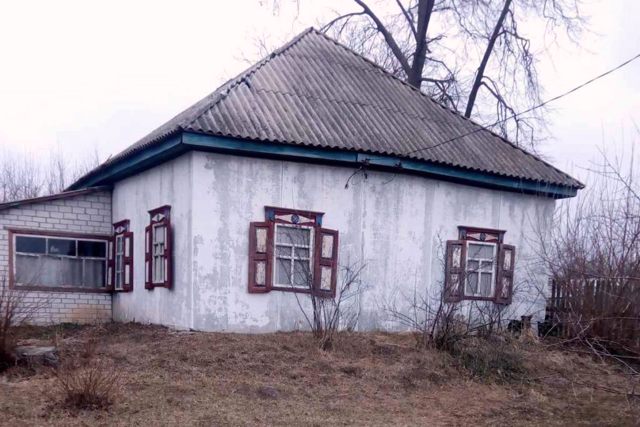
Historical and Local Lore Museum
Museum / gallery
The historical and local lore museum of the Sosnova village was opened in 1986 in an old house that once belonged to a wealthy peasant.
The exposition has more than 4,000 exhibits. In particular, rural household items, embroidered clothes and other household and economic items of the 19th and 20th centuries are presented.
The history of the village of Sosnova is told by old records, documents and some archaeological finds.
The historical and local lore museum of the Sosnova village is a branch of the Kyiv Regional Archaeological Museum.
The museum complex includes a wooden gamasey (building for grain storage) from 1905, where tools of rural labor are presented: seed drills, plows, fans, part of a mill and much more.
Reviews Sosnova
Geographical information about Sosnova
| {{itemKey}} | {{itemValue}} |
|---|---|
| Region |
Kyiv |
